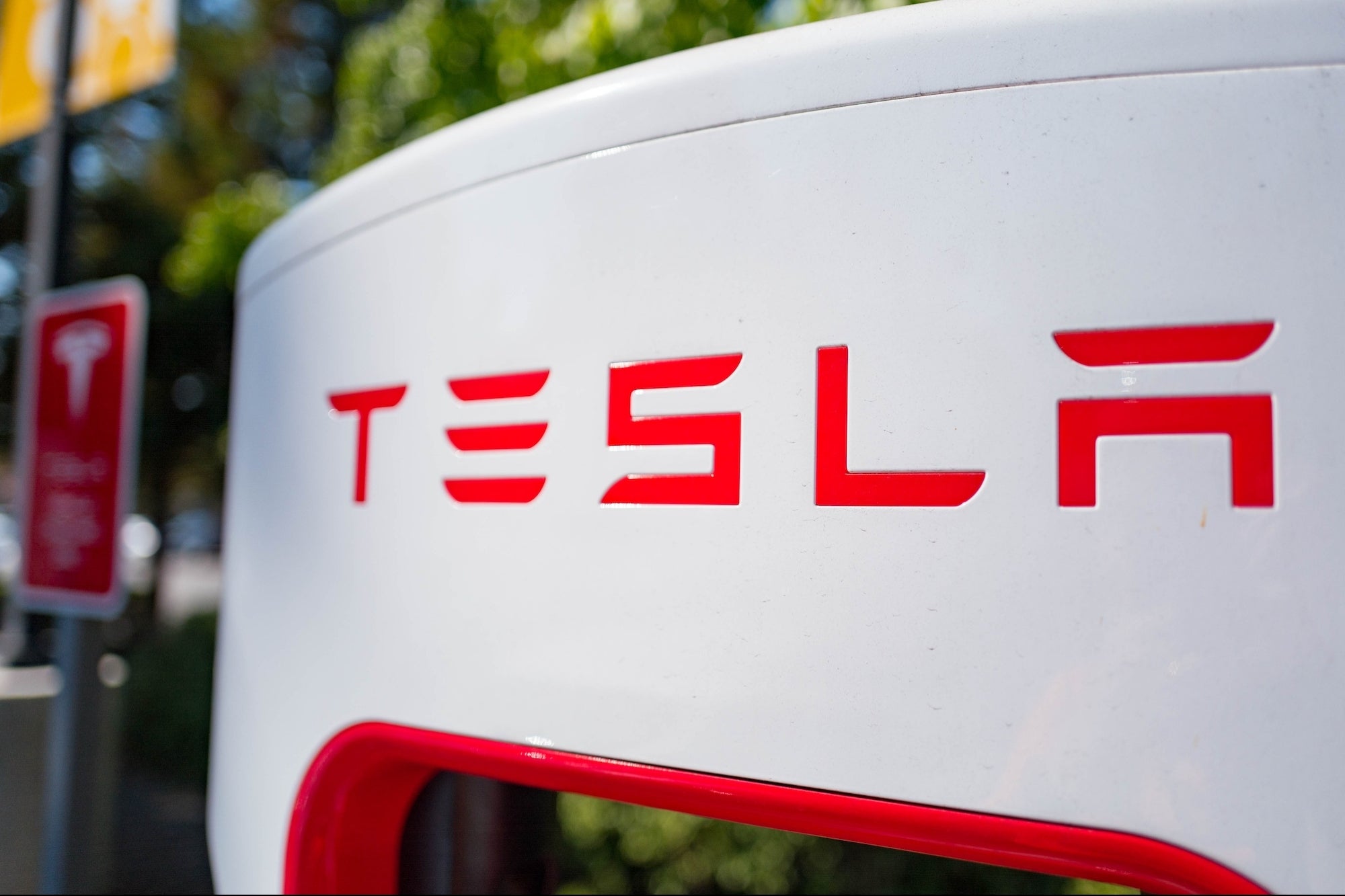5 Steps to Building a Pop-Up Email Strategy That Won't Annoy Readers To build a large email list, you must create a strong call to action on your website.
By Alex Bashinsky •

Opinions expressed by Entrepreneur contributors are their own.

You've done the work to create great content and have readers visiting your website, but now it's time to take your marketing to the next level. It's time to jumpstart your email-marketing strategy.
You hear it again and again that building an email list is the most important aspect of content marketing, as it helps create a more direct channel to your audience through which you can share discounts, promotions or premium content.
But you've got to make the "ask." So, how do you ask nicely? The surprising answer may be with pop-ups. You know, the boxes that appear in the middle of your screen asking you to sign-up to a company's newsletter.
A pop-up strategy can be extremely effective when it comes to collecting emails. It brings direct attention to the email sign-up request, but it has to be executed with craft. If you create a pop-up and the timing, messaging or placement is off, you risk losing your reader's interest.
Related:
So how can you enhance the reader's experience and drive email sign-ups? Below are five ideas for you to make a more successful pop-up:
1. Make it fun to read.
It's all about presentation. When the reader is presented with a pop-up that's entertaining, it enhances the reader's experience. You can make them laugh and politely offer a way to decline.
But funny or not, your reader should be able to determine the value of signing up quickly. It's up to you to determine what your value is. Do you want to offer sign-ups for the blog? Or access to an exclusive list? Possibly higher-quality content, like an ebook or whitepaper?
Whatever you choose, remember to make it fun and engaging.
2. Make sure your pop-up is branded nicely.
The design of your pop-up should communicate your brand and enhance how the user interacts with your content.
So, what about integrating a pop-up that shares your brand design? The pop-up should have the same look and feel as the rest of the site so that it's not visually obtrusive to the experience.
3. Pop-up at the end of an article.
Placement is everything. For this tip, it's helpful to think about how you, as a reader, behave online. Do you want to be interrupted right at the beginning of an article? No, you're busy reading and learning from another great writer.
You want to make the "ask" when it's not interrupting. Try placing the pop-up at the very end of the article when the reader is finished with the piece.
Related: 4 Ways to Tailor Your Marketing to Each Customer
4. Try scheduling the pop-up when first arriving or leaving.
When used this way, pop-ups can act like a friendly greeting or reminder -- like a tap on a shoulder to a friend to stay connected before they leave the party.
There are lots of great tools out there that'll help you make sure you're only popping up upon arrival or departure.
5. One 'ask' is good, two is walking the very fine line of spam.
When it comes to pop-ups, frequency matters most. It doesn't matter how funny and clever you are. It doesn't matter if you've got the best pop-up designed on the web. You can't pop-up too much to the same visitor.
The most annoying thing you can do is guide your reader into a minefield of frequent pop-ups. Instead, play nicely, and create one really great pop-up for your site.
For this reason, my recommendation is to create a pop-up that only appears once, but to make sure you've got other sign-up forms baked into you design. For instance, you could place an email sign-up near your header or on your sidebar so that your readers always have the option to subscribe.
Make sure you measure the results of your pop-up strategy by paying close attention to sign-ups and traffic behavior. If you've got a few really engaged fans or partners, ask them for their opinions, too.
Related: How I Went From Zero to 5,000 Email Subscribers in Six Months












